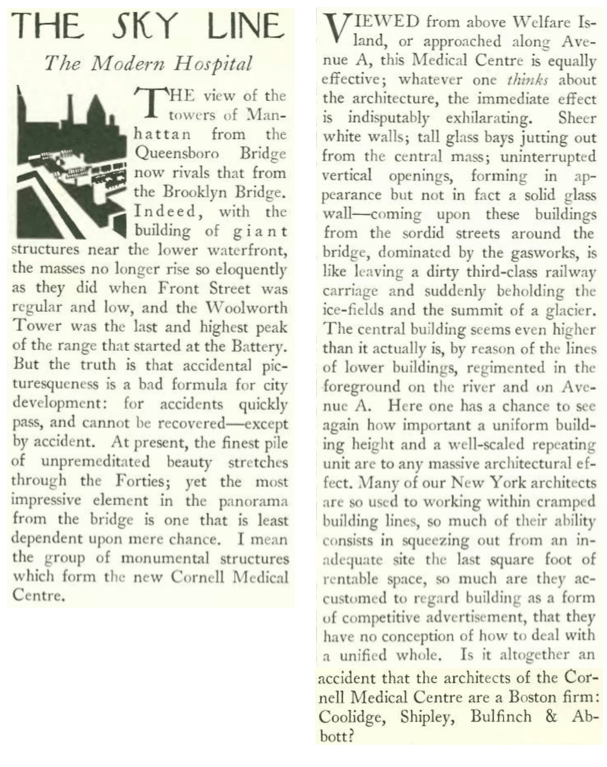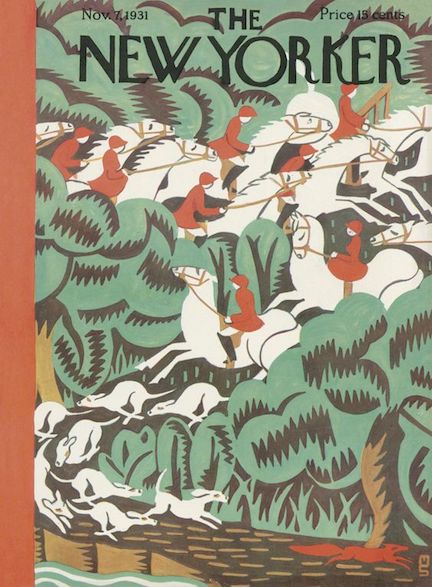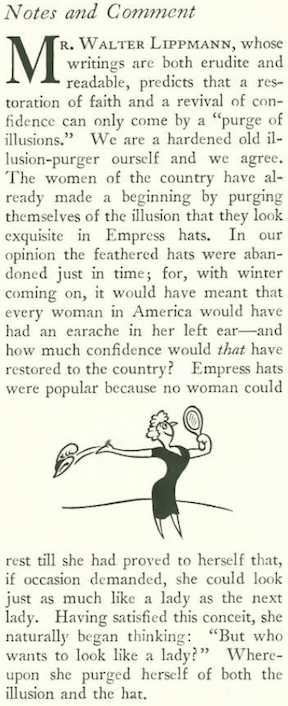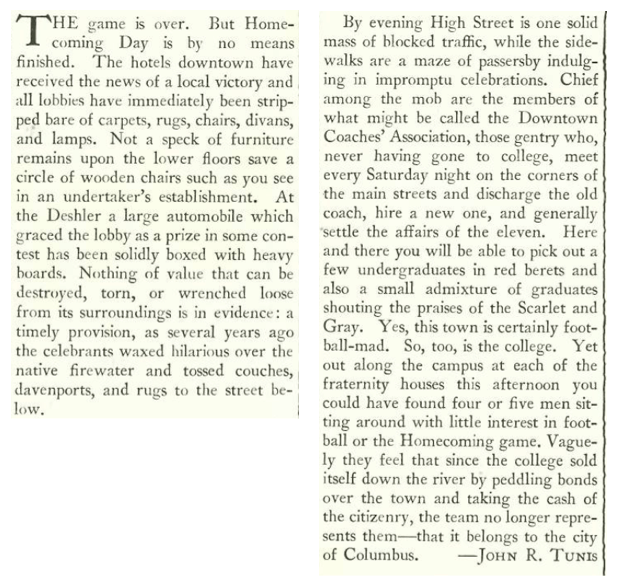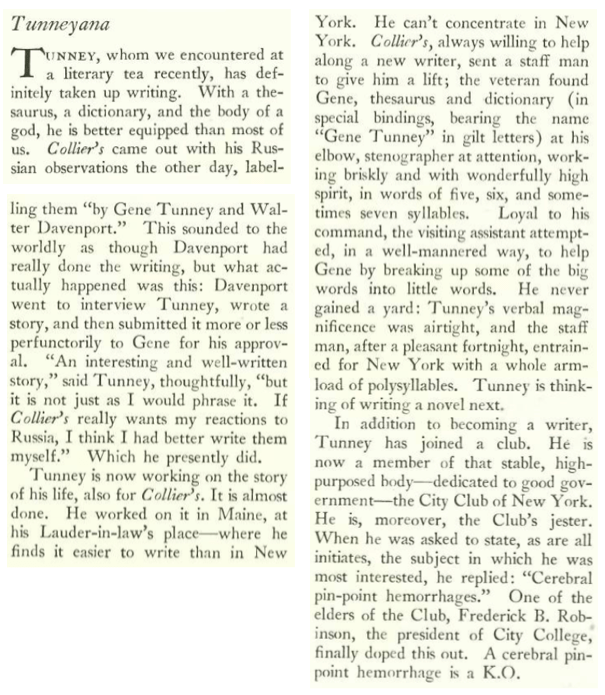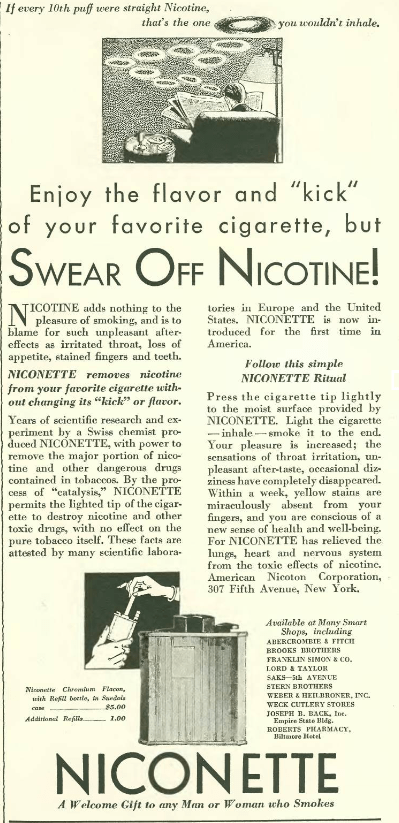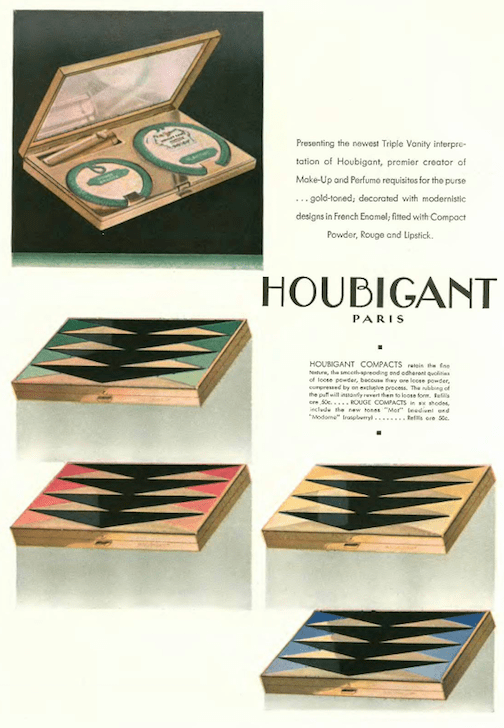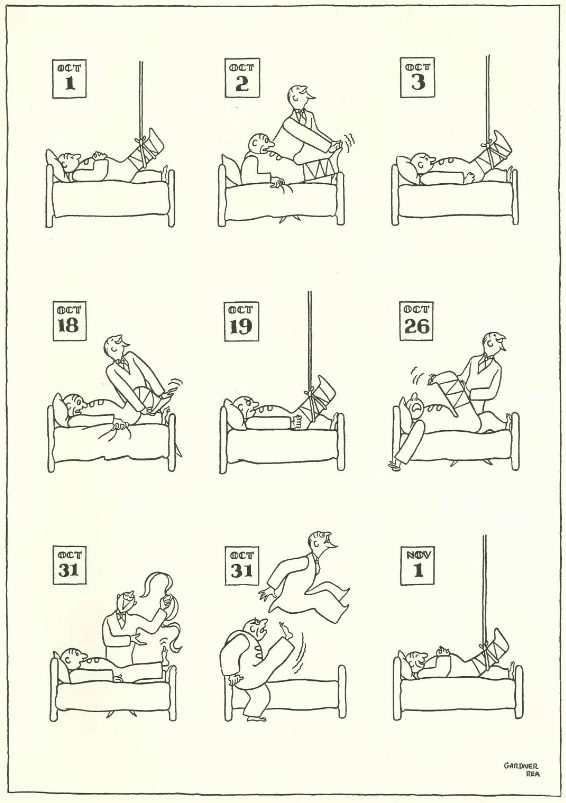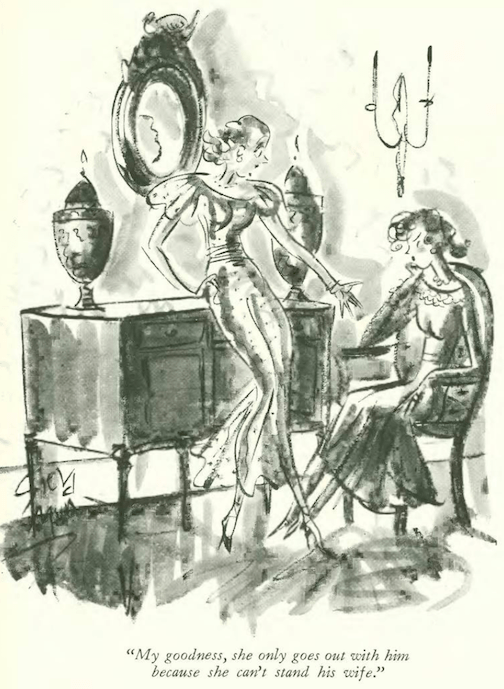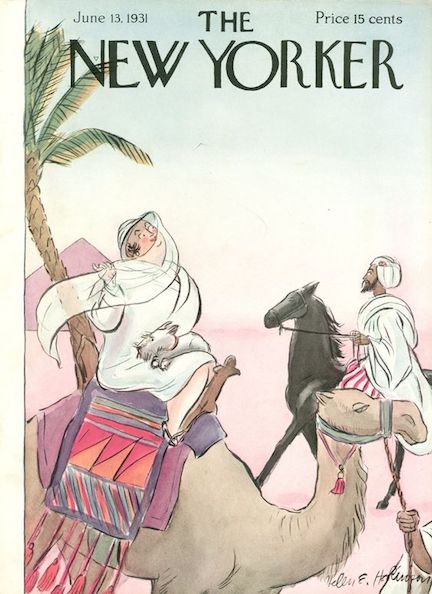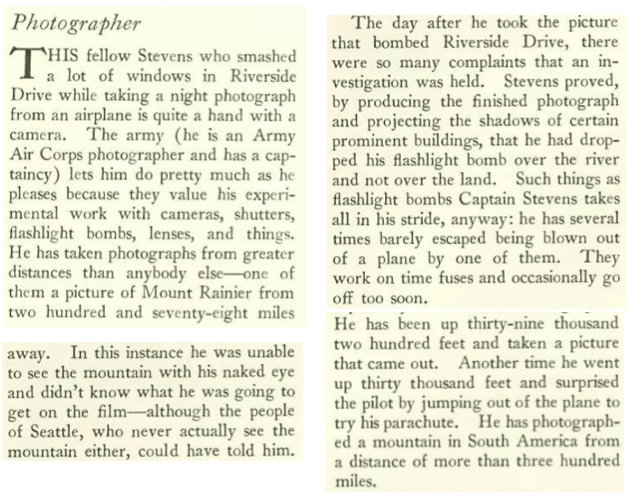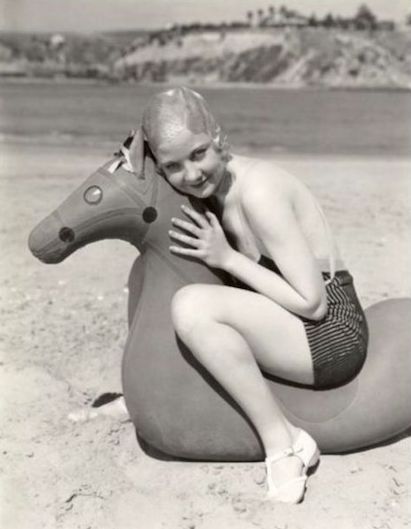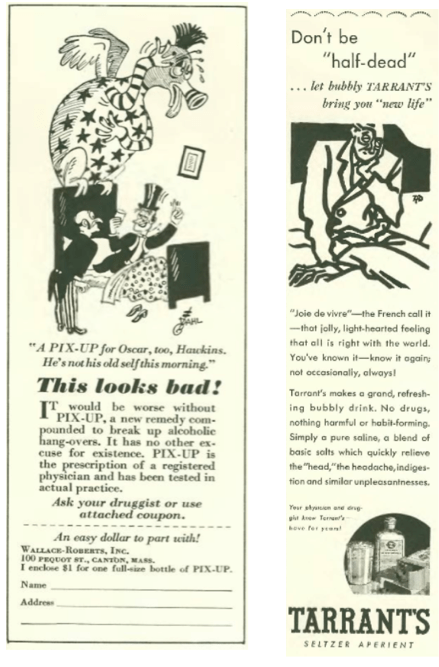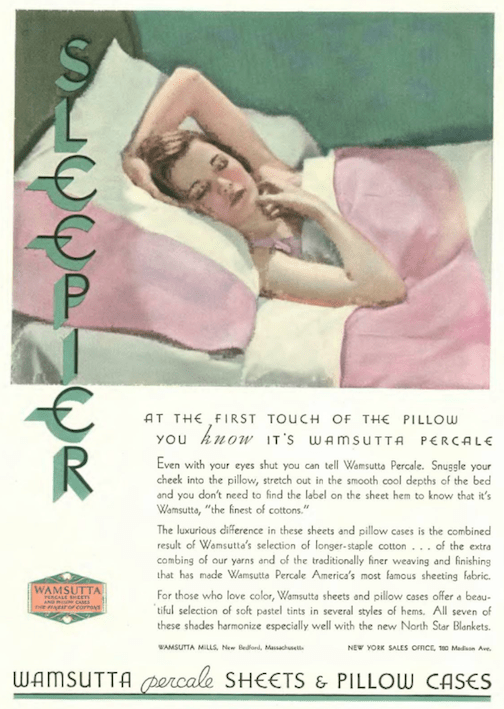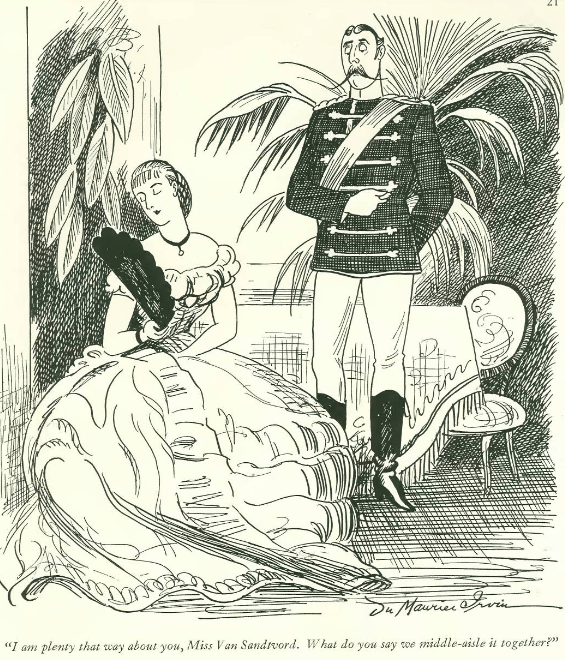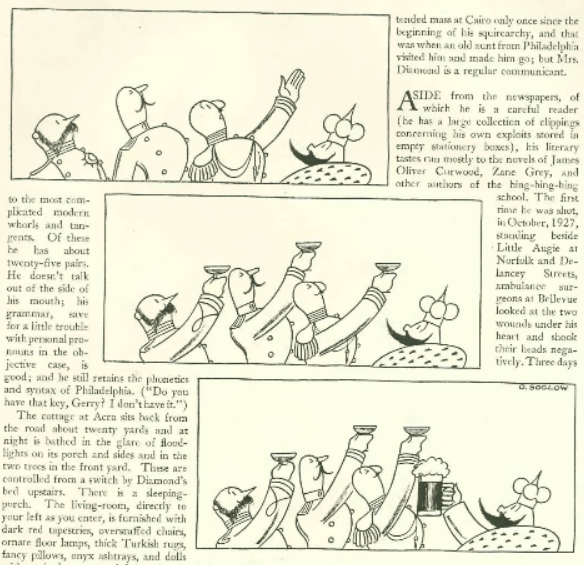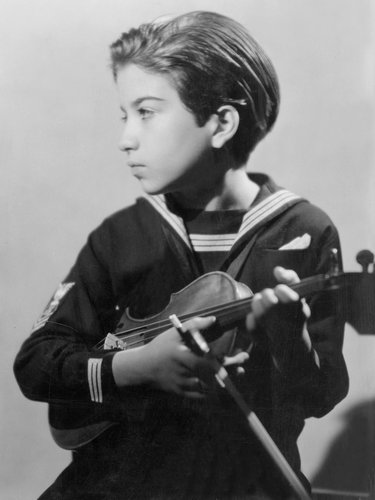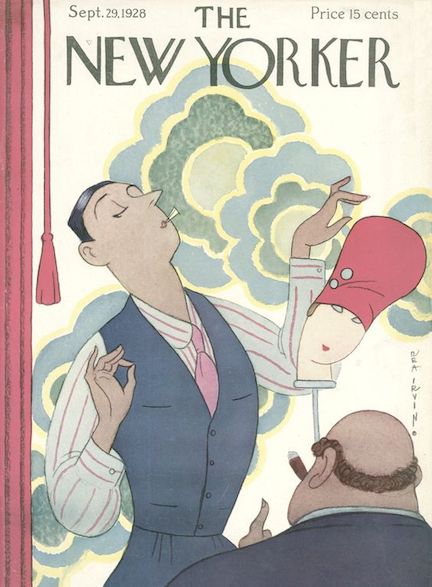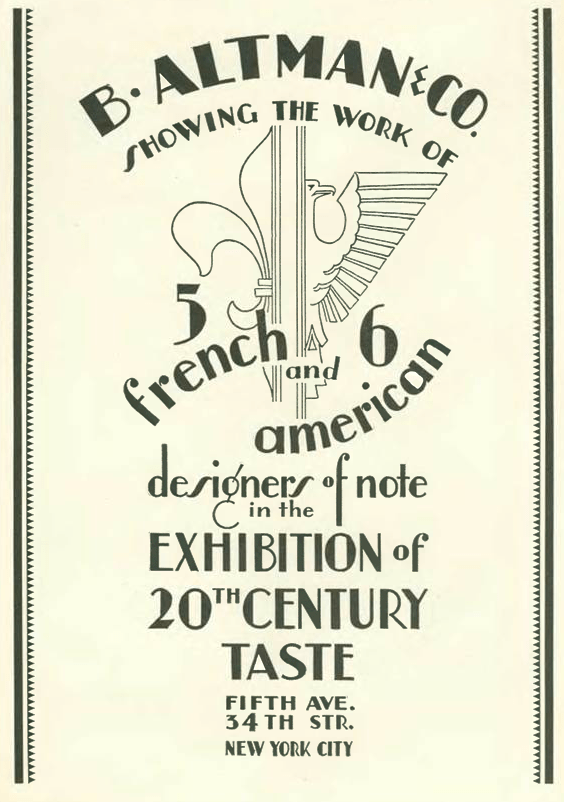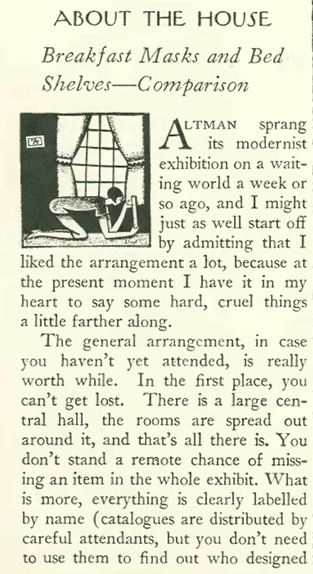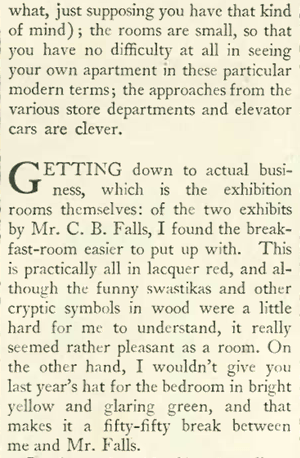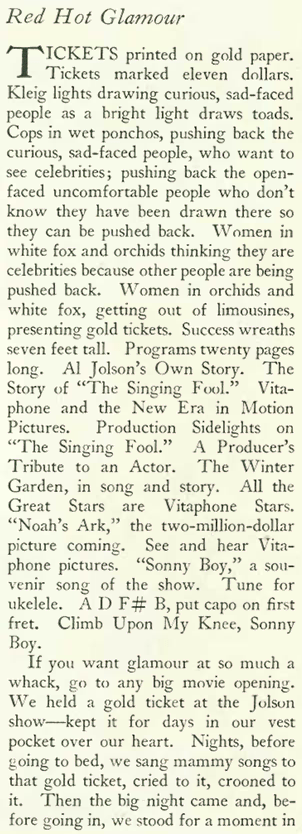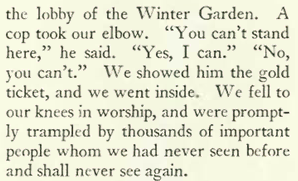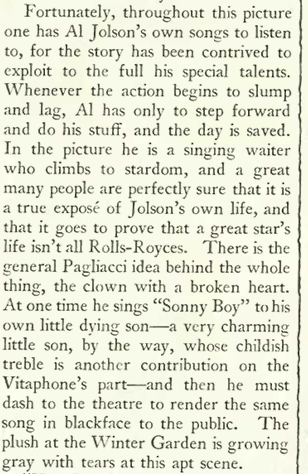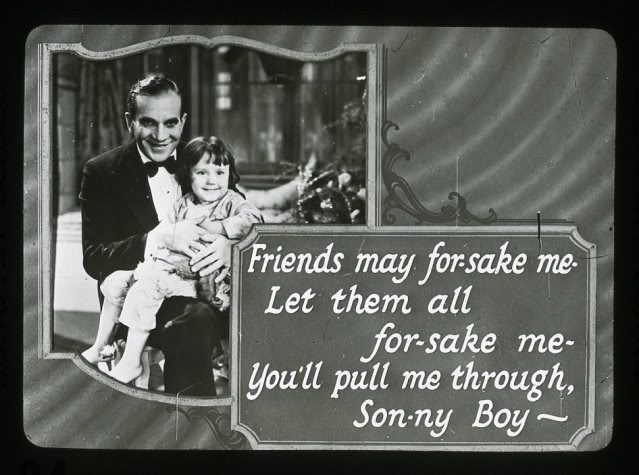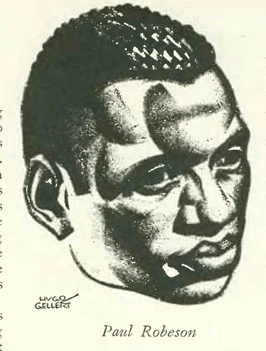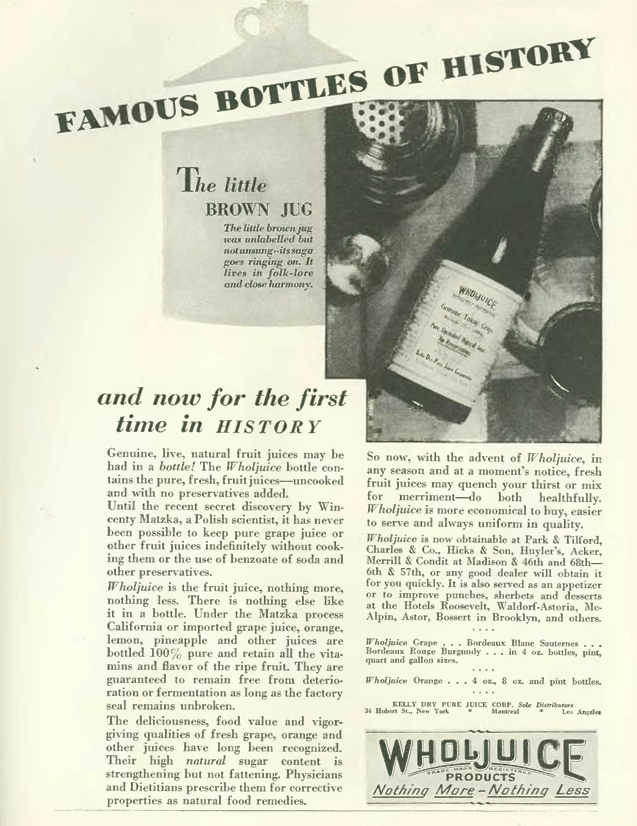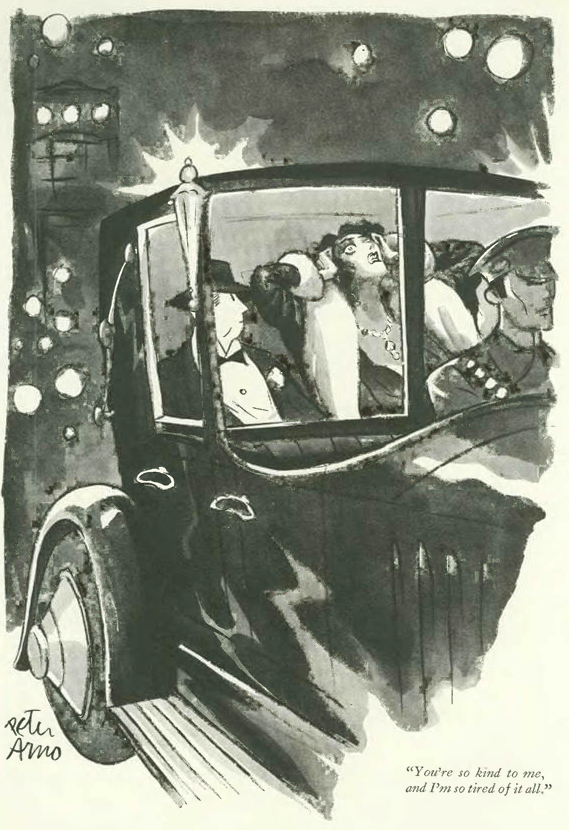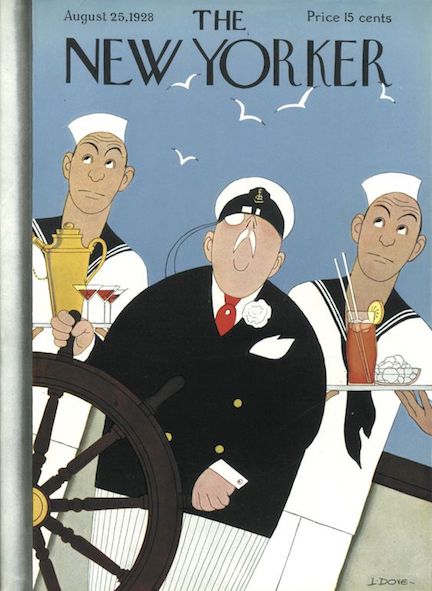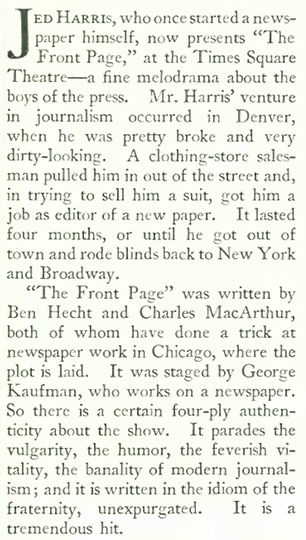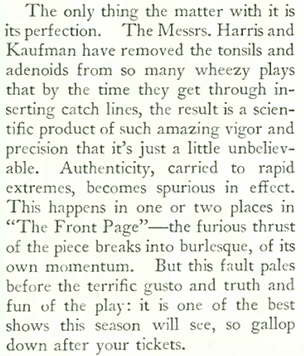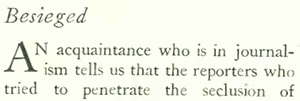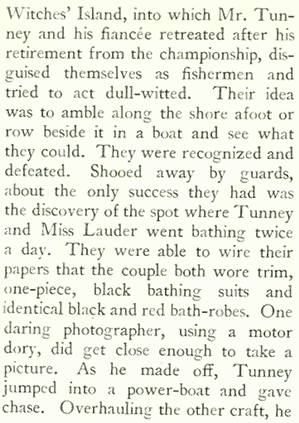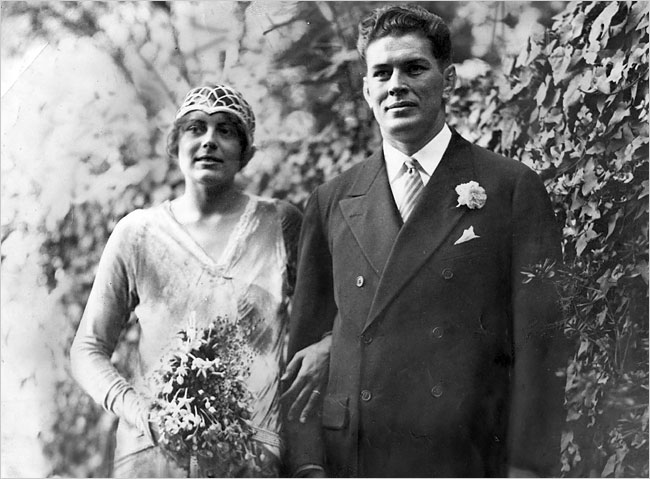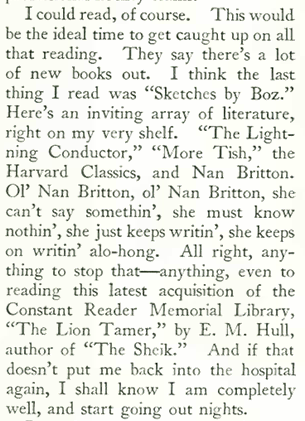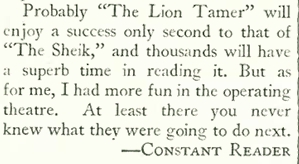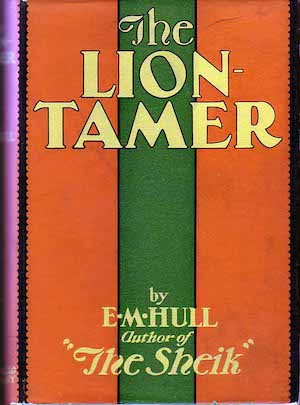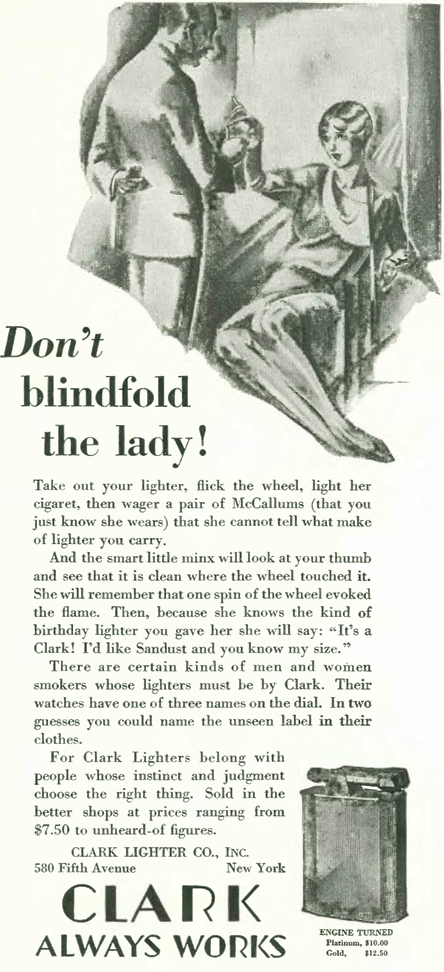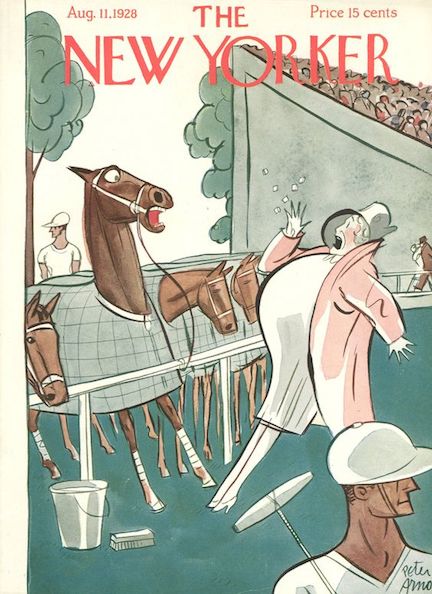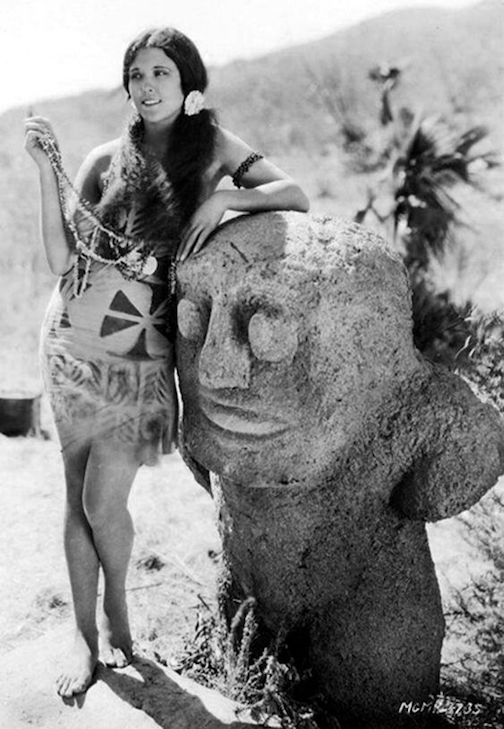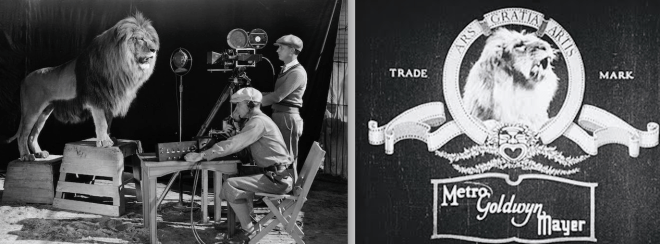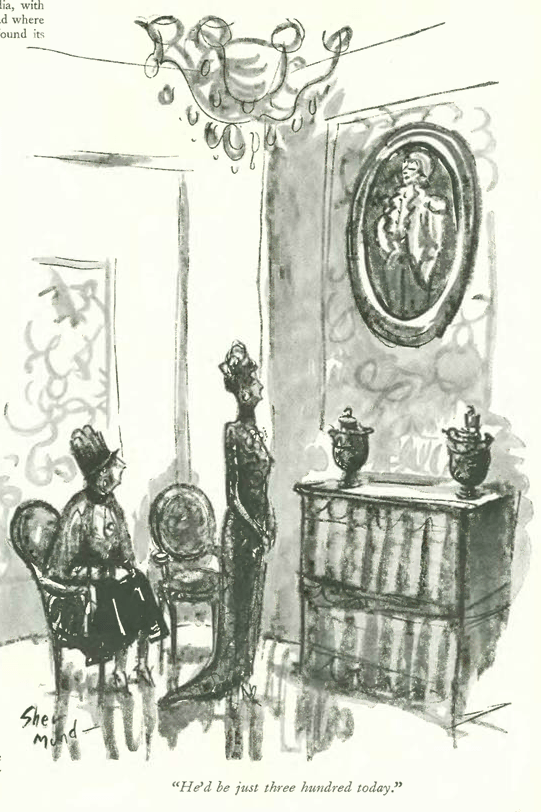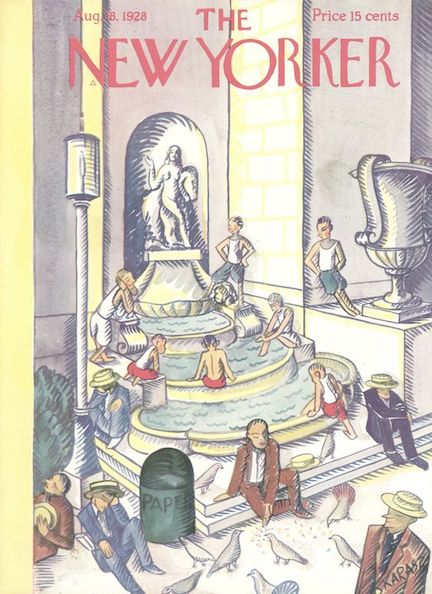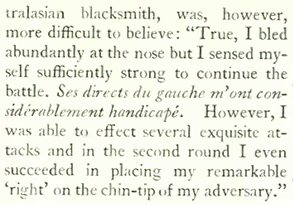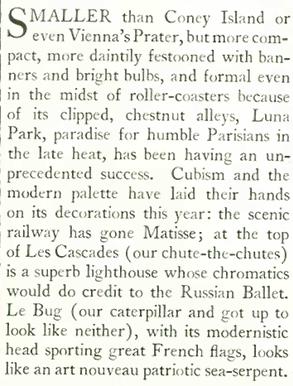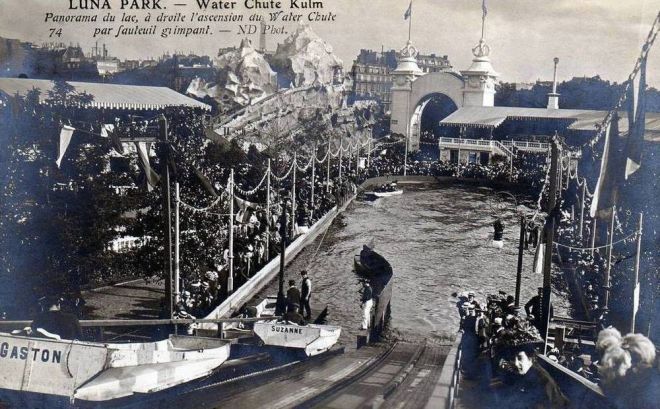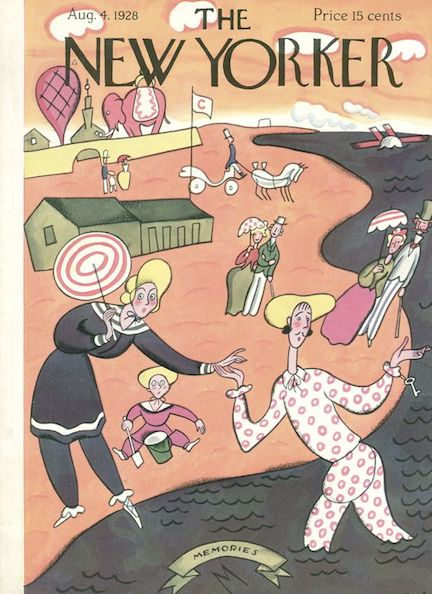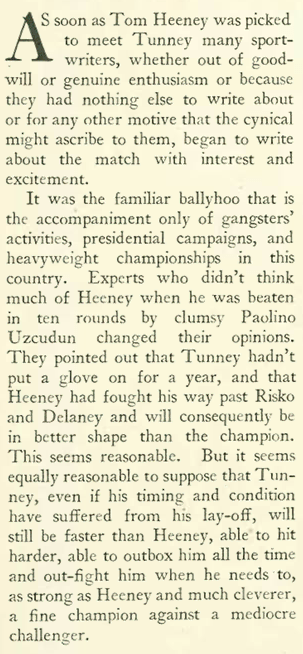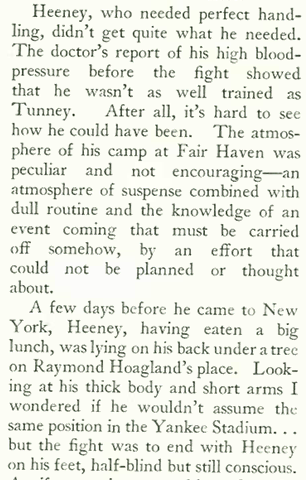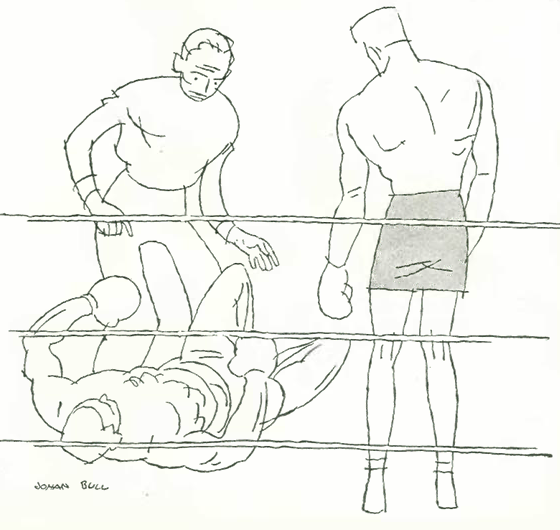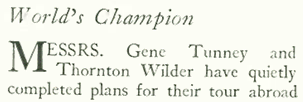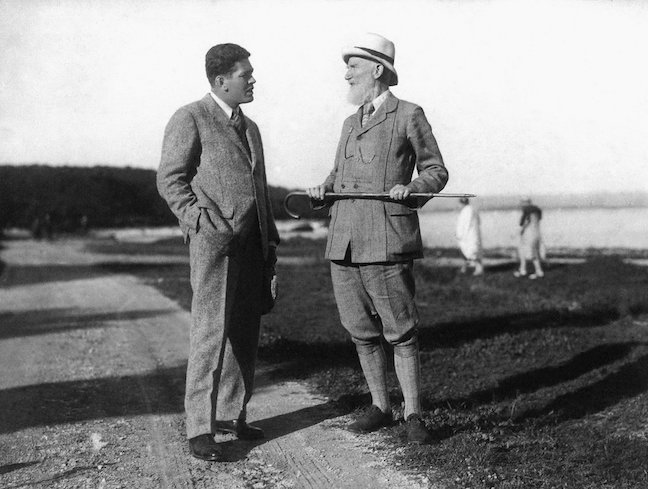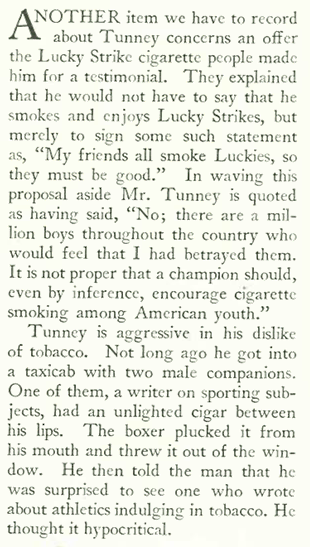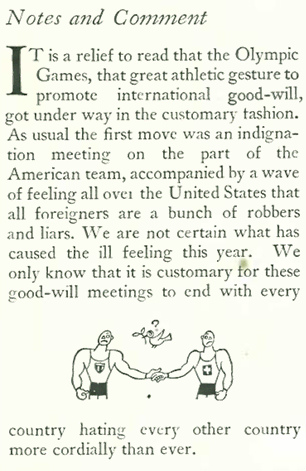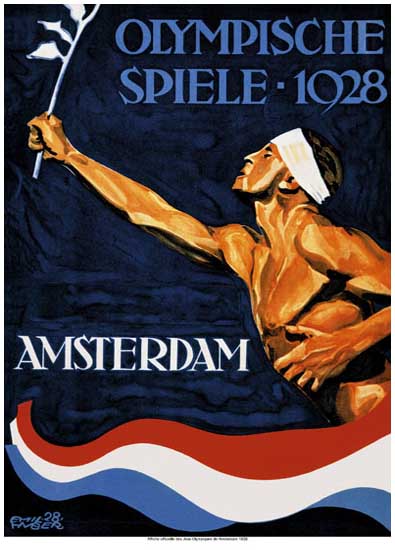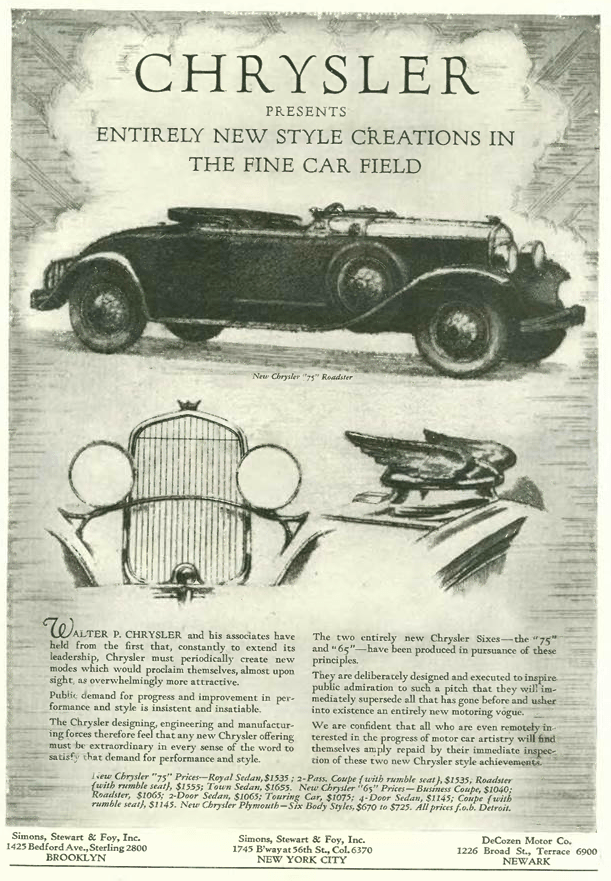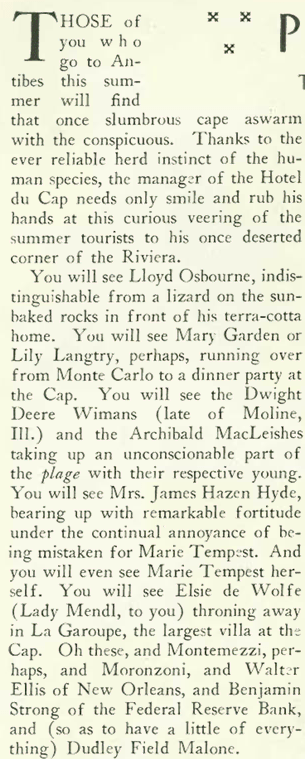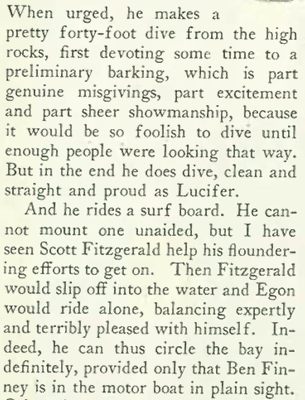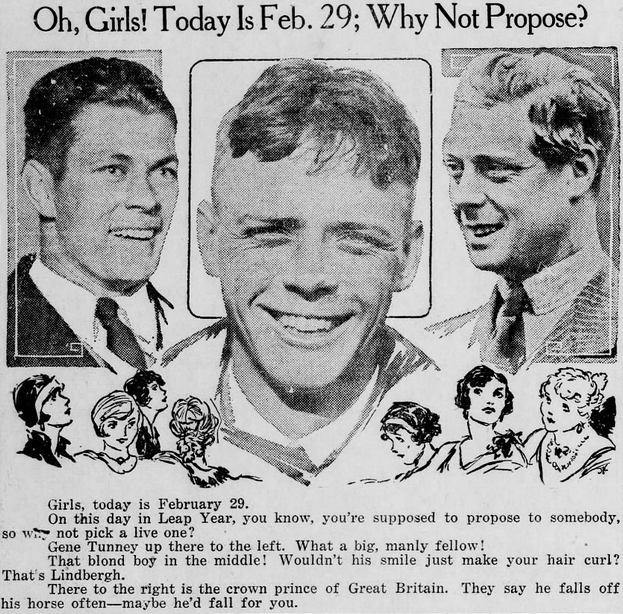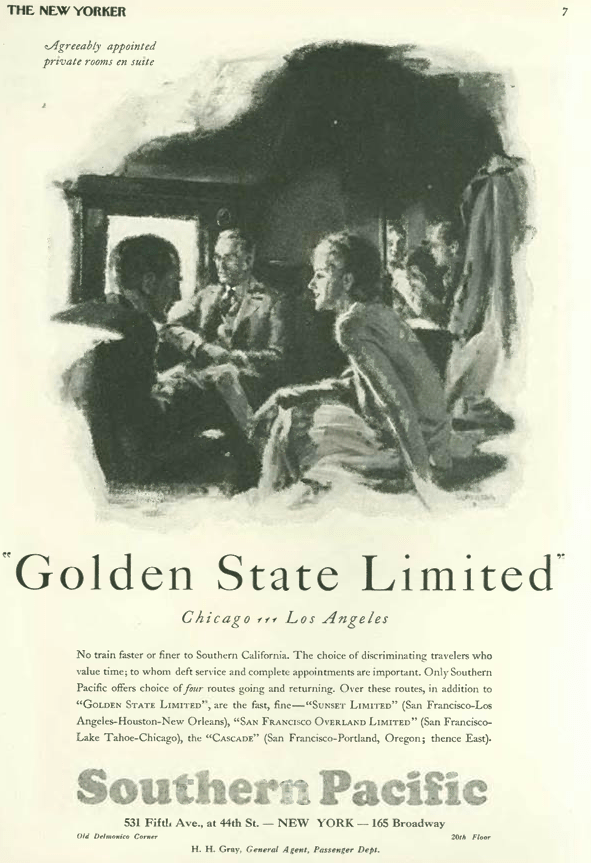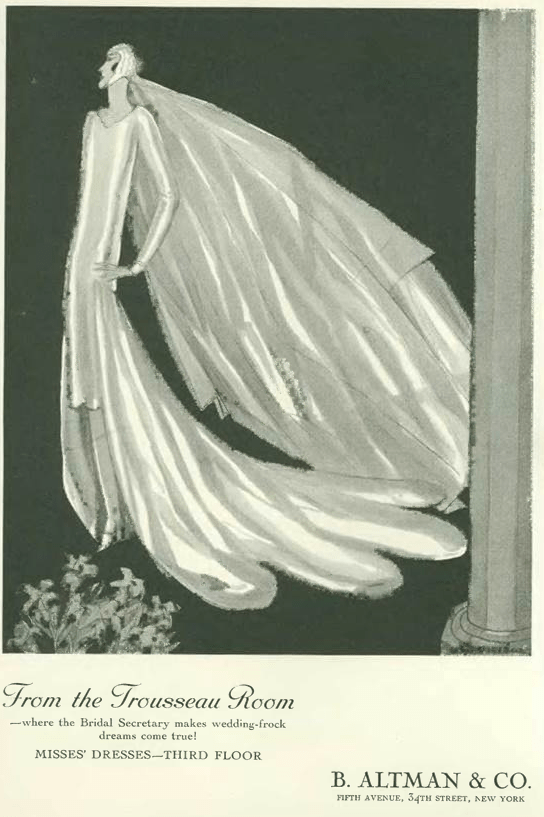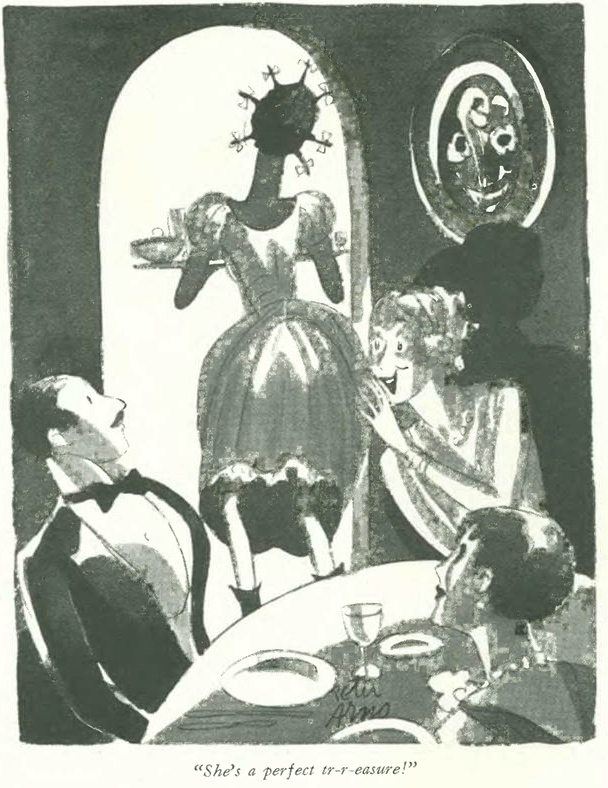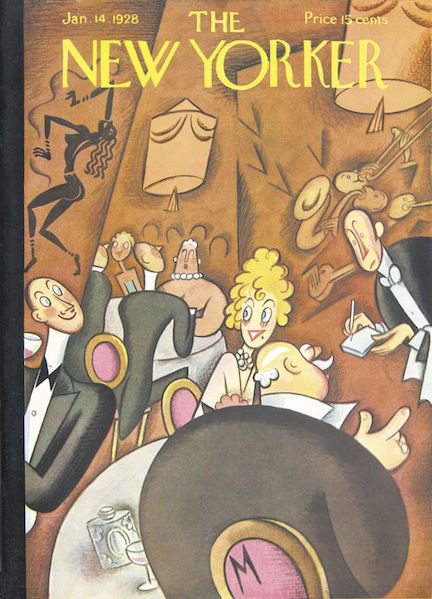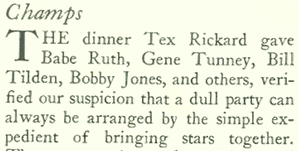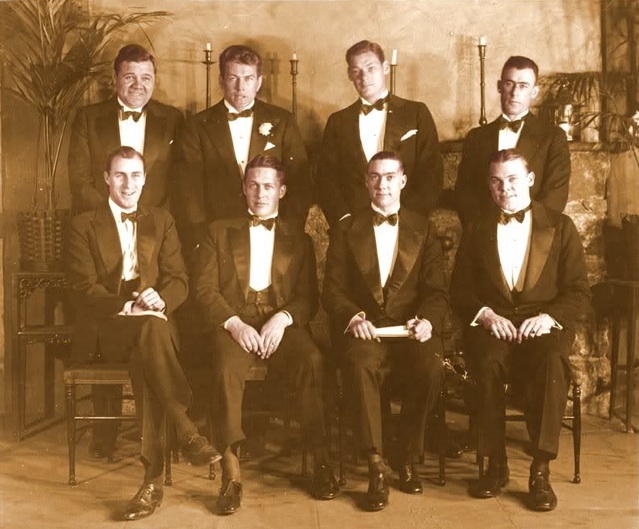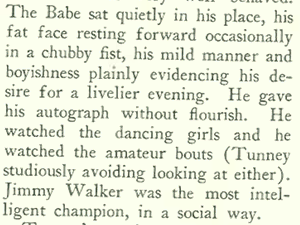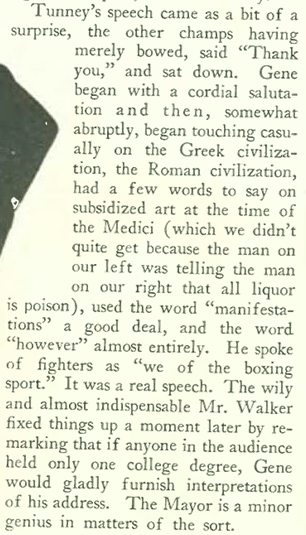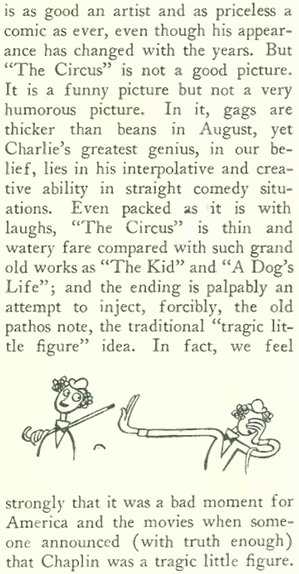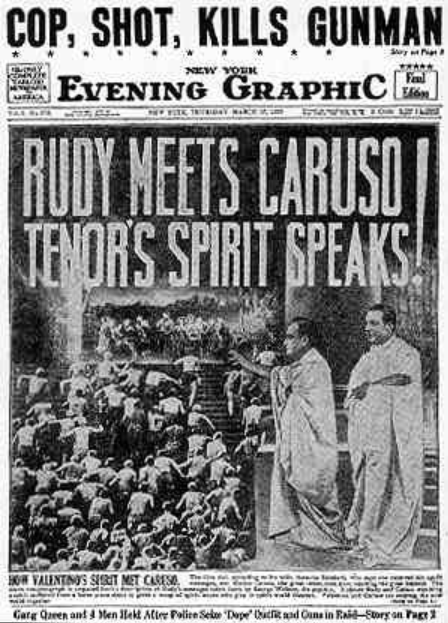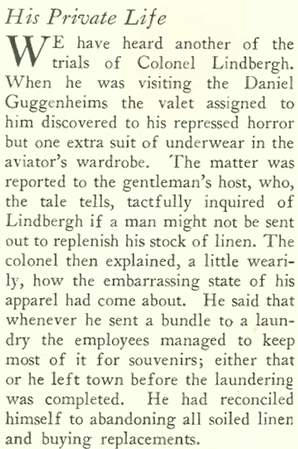James Whale’s 1931 Frankenstein remains one of the most iconic horror films of all time, not only setting a standard for monster movies to come, but creating one of popular culture’s most enduring characters.

The New York Times film critic Mordaunt Hall called the film “far and away the most effective thing of its kind,” and the public agreed, making it a box office success. The New Yorker’s John Mosher, on the other hand, was among the crowd with a more literary bent, preferring Mary Shelley’s 1818 novel by the same name to the film adaptation. He dismissed Whale’s Frankenstein with this brief review:
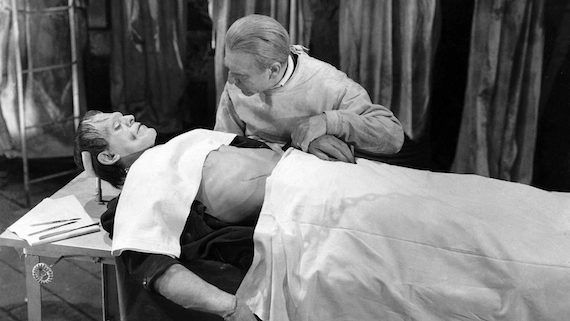



One thing Mosher did like about the film was the makeup applied to Karloff, and it would be a look that endures to this day in popular culture. Less than two years after the 1931 film’s release, Walt Disney featured the monster in 1933’s Mickey’s Gala Premier, and since then in countless cartoons, dozens of films, and a television series. From what I can gather, comic portrayals of the monster are far more common than ones involving horror themes…
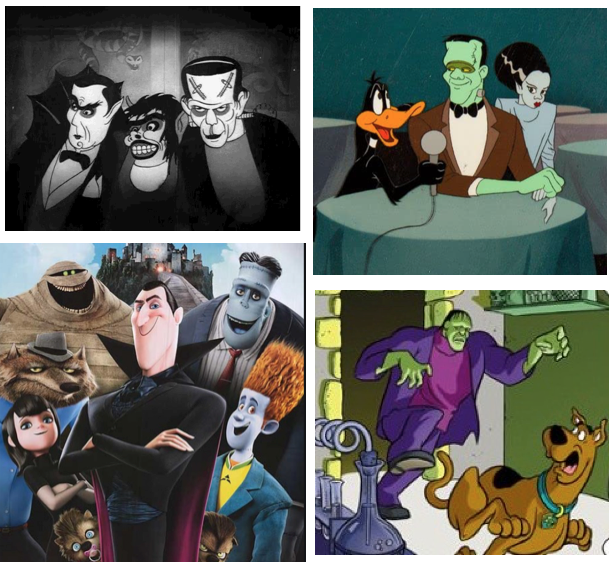

It seems I’ve gone down a rabbit hole with this subject, but here’s one more for the holidays: the late Phil Hartman portrayed Frankenstein’s monster in several SNL sketches during the 1988-89 season…
* * *
No Fantasy Island, This
New York’s Blackwell’s Island is probably best known for the asylum where reporter Nellie Bly went undercover in 1887 to expose its horrid conditions. The asylum closed in 1894, but a penitentiary established there in 1832 remained in operation for more than a century. When journalist Robert Littell (1896-1963) visited the island in 1931 for “A Reporter at Large” column, he found it was still occupied by workhouses and a penitentiary—a place where the city still sent it “undesirables.” Littell, a former associate editor of the New Republic and a drama critic for various New York newspapers, described the island’s gray, grim appearance and the “ugly old buildings, model 1858” that contained its sorry residents. An excerpt:

* * *
Outshining the Sordid
Architecture critic Lewis Mumford also mentioned Welfare Island in the Dec. 12 issue, but only as a reference point to view the new Cornell Medical Centre, which he found “indisputedly exhilarating.” Note the final lines of this excerpt, and how Mumford took a not-so-subtle swipe at New York architecture firms.
Mumford wasn’t alone in his praise. According to a 1933 Architectural Forum article, hospital director Dr. G. Canby Robinson made this observation about the lobby: “the average person should walk through it without noticing it, but the cultured person should be arrested by its beauty.”



* * *
Silver Bells
A precursor to The New Yorker’s annual holiday poem, “Greetings Friends!” was this entry in the Dec. 12, 1931 issue, written by short-story writer and novelist James Reid Parker…
…New Yorker cartoonist Michael Maslin has noted an interesting relationship Parker had with cartoonist Helen Hokinson. You can read about it at his lively Ink Spill site.
* * *
From Our Advertisers
We kick off our ads with another entry from Condossis cigarettes…these will continue to the end of the year and beyond, but I won’t run them all…
…I liked this Rex Cole ad because it placed its very architectural refrigerator in the midst of the city…
…as the company did in the physical realm…this Rex Cole showroom was in Queens…
…with the holidays in full swing, we see ads for the kiddies…
…and for the grown-ups, again exchanging Champagne bottles filled with scarves and socks rather than bubbly, thanks to Prohibition (which still had two years to go)…
…maybe a game could distract you from your forced sobriety, such as table-top bowling…note the drawing of J.P. Morgan, which looked very similar to Peter Arno’s Major…
…here’s an advertising ploy no longer used today (at least not overtly)…
…and on to our cartoons, beginning with Gardner Rea…
…this odd little political cartoon was contributed by Otto Soglow, who vaguely anticipated trouble ahead in the international sphere…
…I remember seeing this familiar trope in old movies and 60s sitcoms…John Reehill gave us his rendition here…
…and we close with William Steig, and an after-hours close encounter…
Next Time: The Mouse That Roared…



